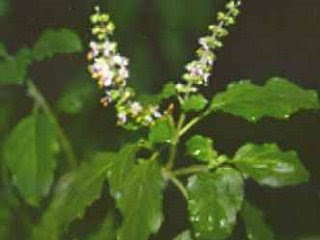 TAMARINDUS INDICA
TAMARINDUS INDICALOCAL NAME :- IMLI
Kingdom:
Plantae
Division:
Magnoliophyta
Class:
Magnoliopsida
Order:
Fabales
Family:
Fabaceae
Subfamily:
Caesalpinioideae
Tribe:
Detarieae
Genus:
Tamarindus
Species:
T. indica
NATURE:-
This is a large tree.
LEAVES:-Leaves are compound, leafletswehere12-20 pairs, about1.2cm long
FLOWERS:-Flowers in yellowish with reddish streaks, in small erect clusters among the leaves.
FRUITS:-Fruits 5-15 cm long 3-4 cm broad, fleshy, and pendulous, which is brown in colour seeds dark brown and shining.
LOCATION:- these trees occurs almost in central and southern part of India.
MEDICINAL USES OF TAMARINDUS INDICA (IMALI):-
It is useful in fever, as a laxative it is taken singly or in mixture with other purgative drugs. When mixed with other purgative drugs it reduces their laxative property.
The wood of this tree is resistant to insect attacks and is largely used for agriculture instruments it makes good charcoal and is used for gunpowder. Leaves yield a yellow dye. The acid flesh of the fruits is used for cleaning silver and jelly industry, seed powder is used for size certain types of cloth and as wood cement.









